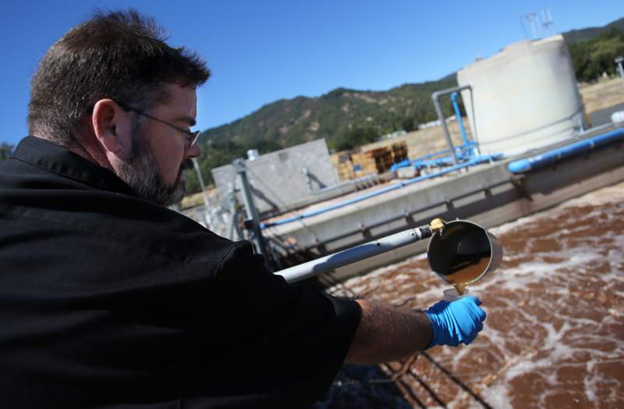Brewing Wastewater Treatment And Aerobic Water Treatment
Unique and high strength wastewater is the byproduct obtained from the brewing process. The wastewater produced during the brewing process is usually very concentrated with biochemical oxygen. The logic resulting to this is due to the starch and the proteins used in the beer brewing wastewater process. The resulting wastewater from the brewing process normally has a temperature that is warm since it is usually slightly greater than one hundred degrees. Due to the high concentration of biochemical oxygen demand and the high temperatures of the wastewater from the brewing process, the waste water, therefore, becomes very suitable for treatment that is anaerobic.
The said anaerobic treatment is the most recommended treatment for brewing wastewater. The reason behind this is because it is a process that is technically proven. The chemical and physical features and characteristics of the brewery wastewater are used to define the quality of the byproduct. The physical features at this moment include the color of the wastewater, its smell, and temperature. Other characteristics such as total oils and solids in the waste water also make up the physical features of the byproduct that can be used to test for its quality. On the other hand, the chemical properties that are looked into are; the total oxygen demand (chemical and biochemical, organic carbon concentration and the overall oxygen demand in the wastewater.
The brewing wastewater is treated in some ways. Vast solids and materials in the byproduct are removed physically. The method at this moment of treatment is called the physical treatment. Physical treatment may include sedimentation which involves the allowing of large pollutants to float at the top by themselves. The deposition process makes it easy to remove such solid impurities from the rest of the waste water. The physical treatment of the wastewater only works to remove the solid pollutants that are not soluble. The soluble pollutants in the wastewater remain in the waste water and therefore need to be separated through chemical treatment.

Toxic impurities are removed from the wastewater by adjusting the pH of the wastewater. After the wastewater has undergone both chemical and physical treatment, the wastewater is subjected to biological treatment. The natural treatment can either be anaerobic or aerobic treatment. Anaerobic waste treatment is one that does not include oxygen while the aerobic waste treatment is a process that includes air. The reason as to why the aerobic biological waste treatment is necessary is because the wastewater has organics and hence they are removed through an aerobic process. The whole aerobic waste process makes sure the soluble impurities are turned to insoluble and hence physically removed.
However, due to the costs incurred in the disposal of sludge, the anaerobic process is preferred in the wastewater treatment process. The aerobic treatment is a bit expensive in its implementation but very efficient. Chlorine is added to the resulting wastewater and hence makes it okay to recycle. Any treatment undertaken in the brewing wastewater should aim at the problem of fluctuations. However, the normal output from the sewage treatment should not be affected.


















